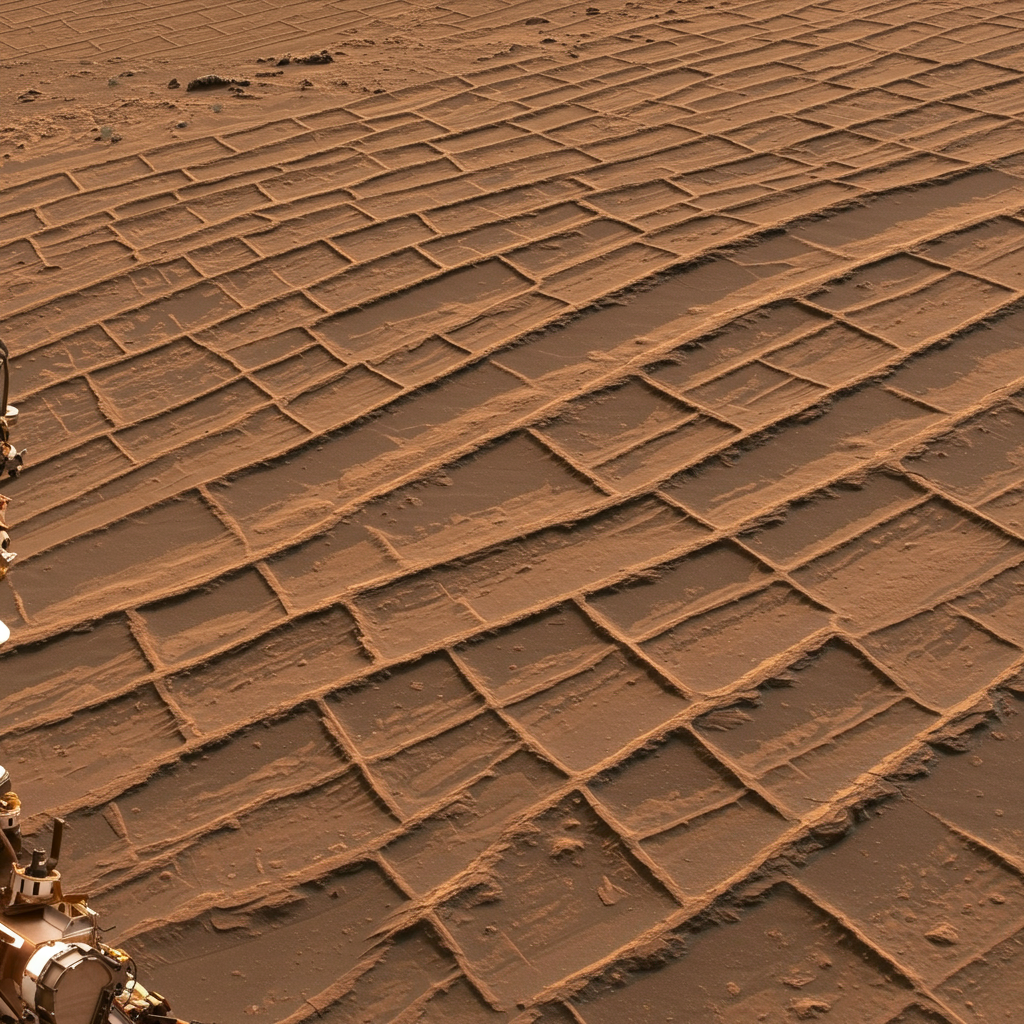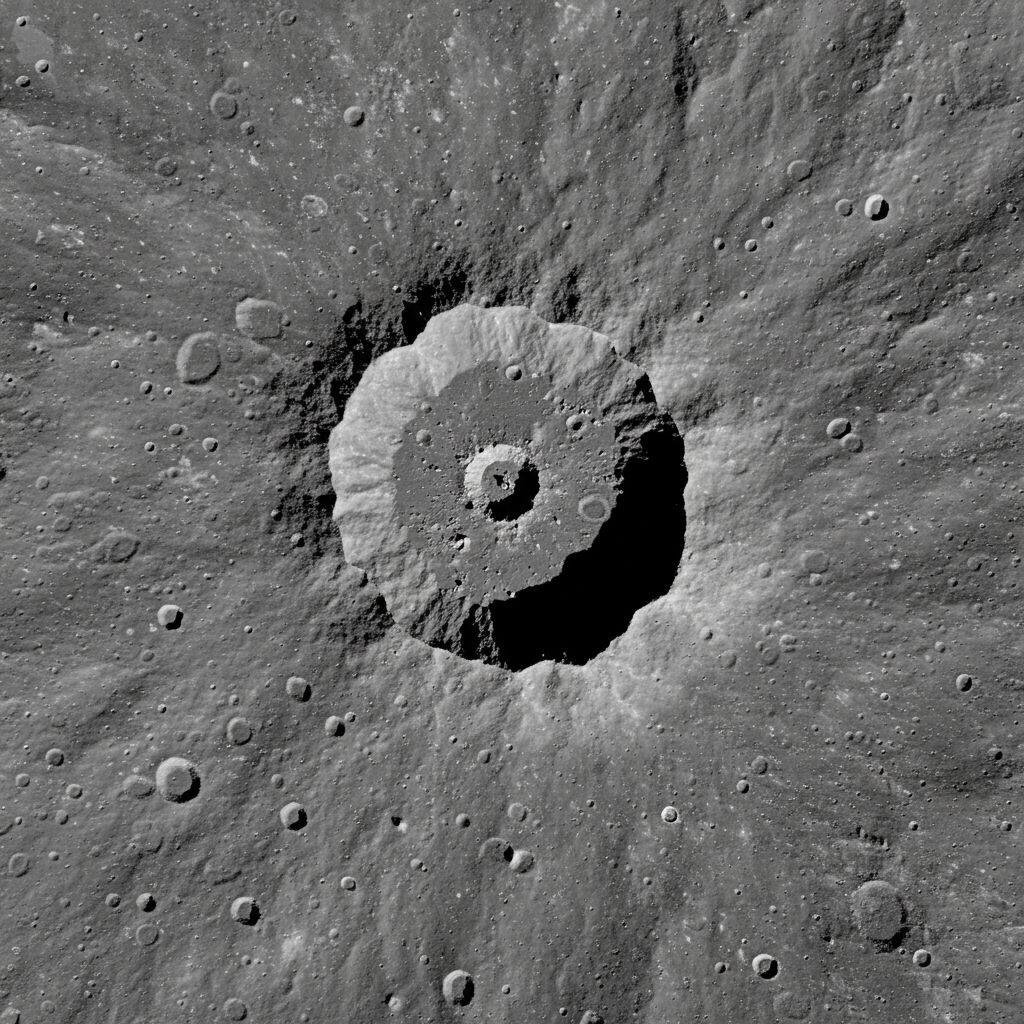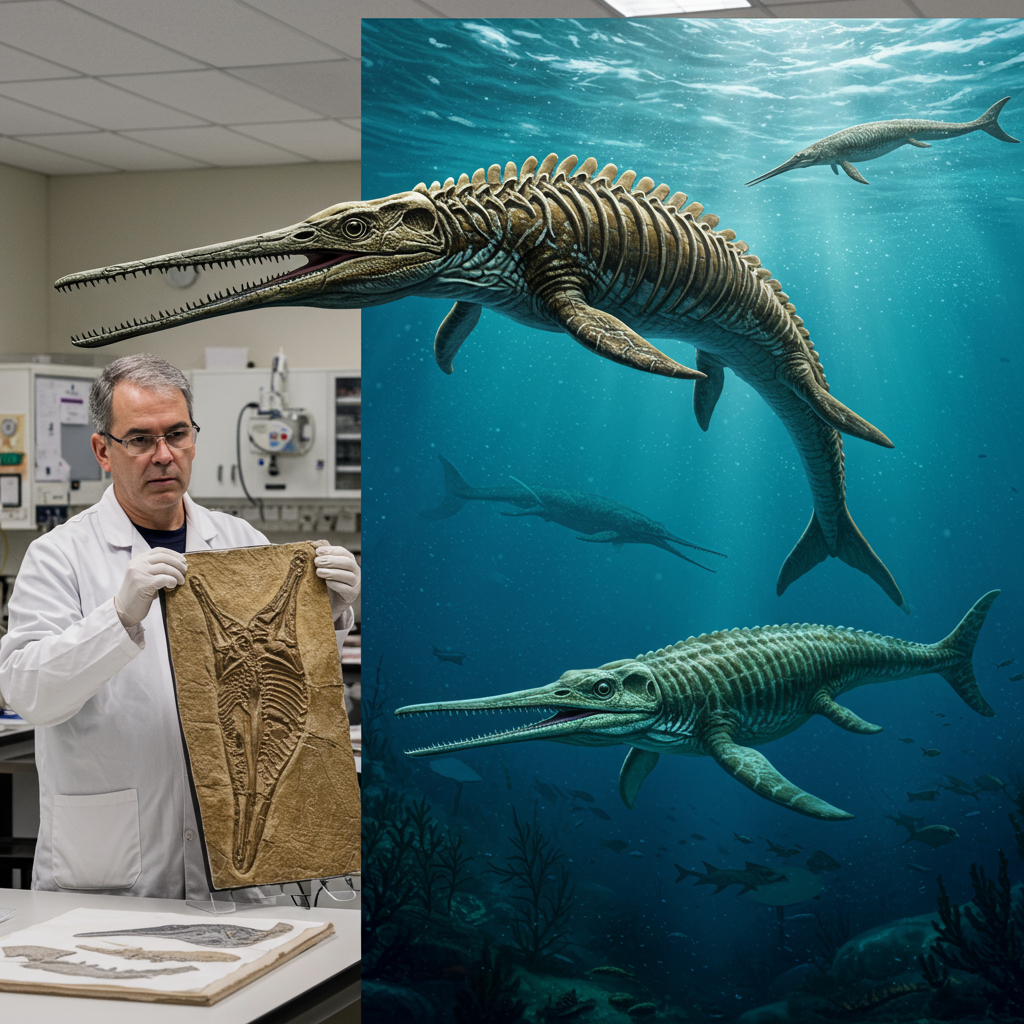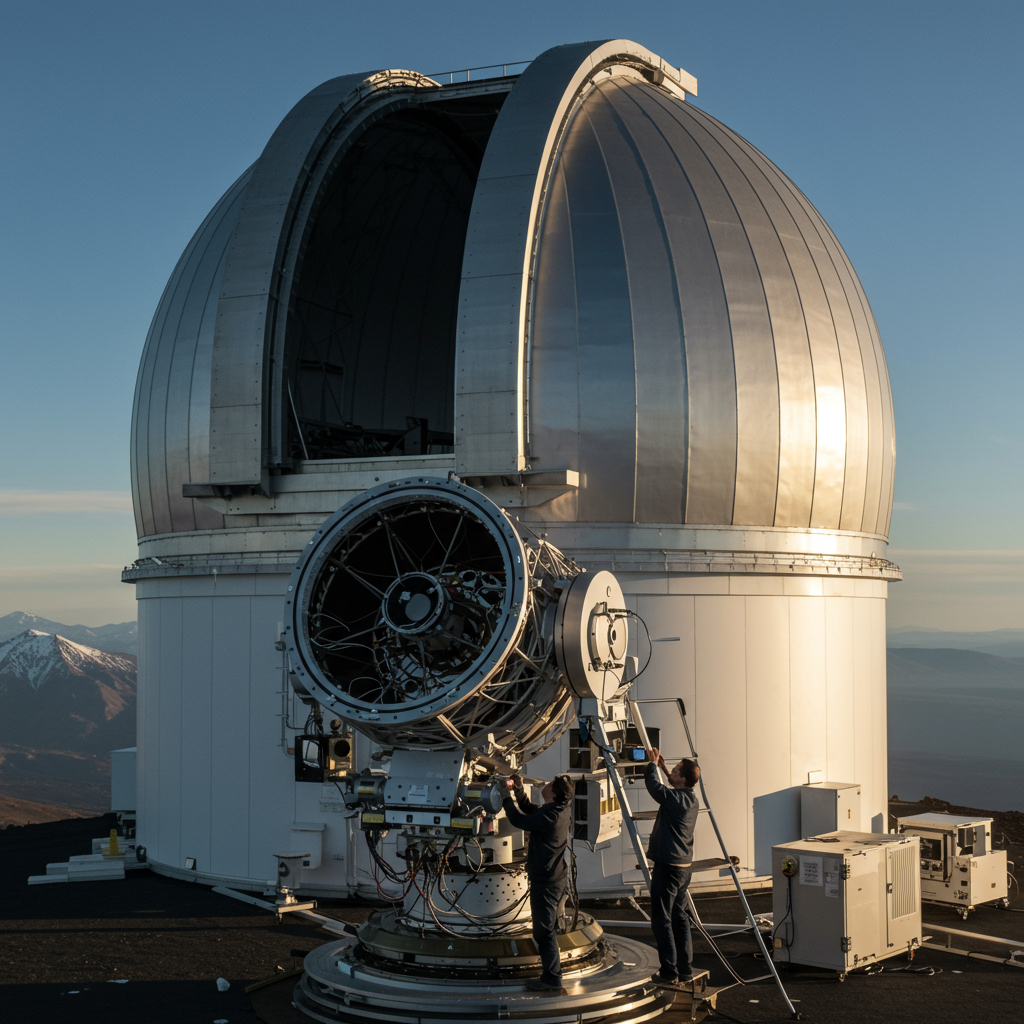Mars Rover Uncovers Striking Evidence of Ancient Groundwater
NASA’s Curiosity Mars rover has sent back the first close-up images of a remarkable geological feature previously only seen from orbit: extensive, crisscrossing ridges scientists call “boxwork.” These formations, which can stretch for miles and resemble giant spiderwebs from space, provide dramatic new insights into the Red Planet’s watery past, specifically highlighting the crucial role of ancient groundwater.
The discovery adds another layer to our understanding of Mars’ history, confirming that while surface rivers, lakes, and potentially even an ocean eventually vanished, liquid water persisted underground for a significant period.
What is Martian “Boxwork”?
These distinctive ridges are not random rock piles. Scientists believe they represent the remnants of underground cracks and fissures that were filled with mineral deposits left behind by groundwater billions of years ago.
Formation Process: As ancient groundwater trickled through the subsurface bedrock, dissolved minerals accumulated in existing cracks. These minerals acted like a natural cement, hardening the rock within these fractures. Over vast timescales, Martian winds eroded the softer, surrounding rock, leaving the more resistant, mineral-rich networks standing exposed on the surface as the boxwork pattern we see today. This process is similar to how some unique cave formations occur on Earth.
Scale and Appearance: The boxwork features can extend across large areas, up to 12 miles (20 kilometers). While intricate up close, their network pattern earns them the “spiderweb” nickname when viewed from Martian orbit.
Key Findings from Curiosity’s Close-Ups
Curiosity, which landed in Mars’ Gale Crater in 2012 and has been climbing the foothills of Mount Sharp since 2014, recently arrived at a location exhibiting these rare boxwork features. The close-up images and initial analysis revealed critical details:
Mineral Evidence: Samples and images confirm the presence of calcium sulfate veins within the ridges. This salty mineral is a strong indicator of groundwater activity.
Surprising Location: Finding calcium sulfate this high up Mount Sharp is unexpected. Abigail Fraeman, Curiosity’s deputy project scientist, described it as “really surprising,” noting that these veins were common at lower elevations but seemed to disappear as the rover climbed higher. Their reappearance here presents a new puzzle for the team.
- A Lingering Mystery: Scientists are still working to understand why these extensive, hardened patterns formed so prominently in this specific location on Mount Sharp and nowhere else. Ashwin Vasavada, Curiosity’s project scientist, stated this question remains “a big mystery.”
- www.cbsnews.com
- www.livescience.com
- www.independent.co.uk
Implications for Mars’ Water History and Habitability
The study of these boxwork ridges is crucial for piecing together Mars’ complex transition from a potentially wetter world to the cold desert it is today. The evidence of subsurface water activity, even after surface lakes dried up, suggests that groundwater played a significant role in shaping the planet’s geology and potentially sustaining environments conducive to life.
For astrobiology, locations like these boxwork ridges are particularly exciting. Minerals crystallized underground where conditions might have been warmer and more stable than the surface. Early microbial life on Earth thrives in similar subsurface environments, making these Martian features prime targets in the search for signs of past habitability.
As Curiosity continues its ascent of Mount Sharp, studying these unique ridges will provide invaluable data to refine our models of Martian geological and hydrological history, getting us closer to understanding if life ever took hold on the Red Planet.




